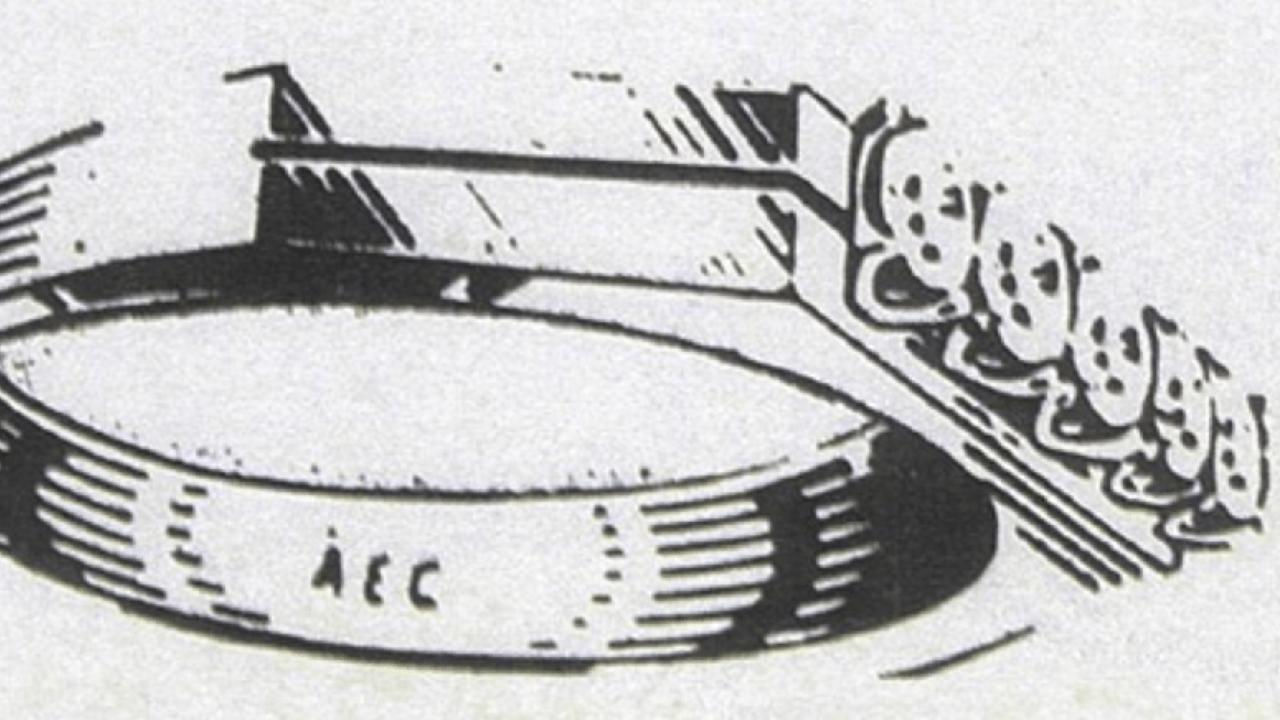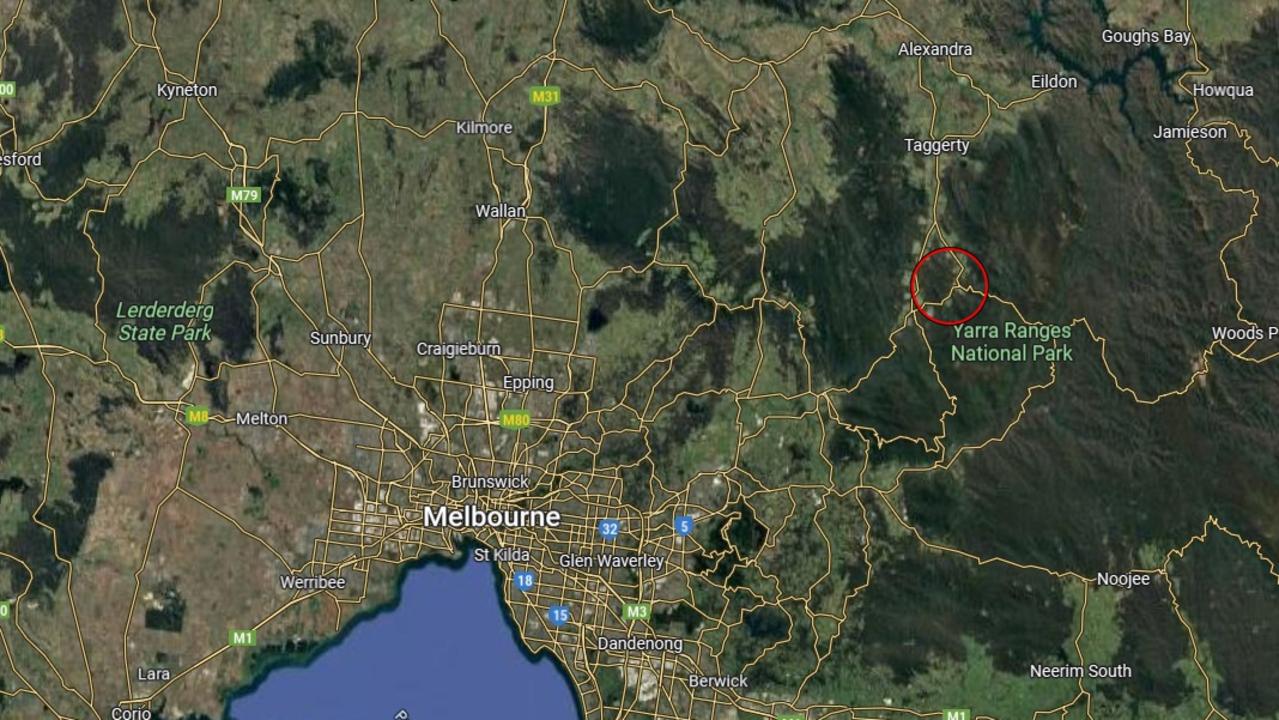Fresh appeal to identify mystery man found on in Buxton, Victoria on Christmas Day 53 years ago
A new clue has been released 53 years after a group of young children made a chilling discovery on Christmas Day, in a case that has haunted police for decades.

A signet ring may hold the key to identifying the body of a man found in a river on Christmas Day, 53 years ago.
The gruesome discovery was made by a group of kids playing in Buxton’s Steavenson River, about two hours north of Melbourne, in 1971.
Dressed in blue jeans, a white shirt, a vest with square white buttons and desert-style boots, the man was believed to be in his 40s or 50s with a large build, greying hair and about 183cm tall.
On his left ring finger, a black signet ring inscribed with “21.4.71 P.U.C.K” – with police believing it could be the Cyrillic “Ð .И.С.К”, meaning “risk” in English.
Other accessories found on the man included a large, thick belt around his stomach, which appeared to have been used to support his stomach muscles, and a gold Unicorn watch.

“Such was the decomposition of the body that it was impossible to ascertain whether the man had sustained any physical injuries in the lead up to his death, ” Victoria Police said on Monday in a new appeal for information.
“Investigators at the time scoured the scene but there was no trace of evidence to give detectives any insight into how the man’s body came to wind up in the river; no signs of a fall, no personal property left behind or hints of a potential fishing mishap.”
Despite investigations with interstate police, a dental analysis of the man’s teeth, and autopsical revelations of both heart disease and cirrhosis of the liver, lines of inquiry went cold.

Early identification efforts led police to the well-documented missing persons case of unionist Alfred “The Ferret” Nelson.
Nelson’s car was recovered from the Yarra River in 1971, but his body has never been found.
The possibility of the mystery body and “The Ferret” being the same person was, however, ruled out, with the men found to have notable differences in their physical features.

A second theory was that the man was a “continental migrant” with a Ukrainian youth camp, which is still in operation, located only four kilometres upstream from where the body was found.
More Coverage
“This may have occurred back in 1971 but this man was someone’s son, he had a family, and there were those who loved him,” Alexandra Crime Investigation Unit Detective Sergeant Flyn Loughlin said.
“We are confident that there is someone out there who knows something that can help determine who this man was,” he said.
“Even the slightest bit of information could be the missing link we need to finally be able to provide some closure in this matter.”





